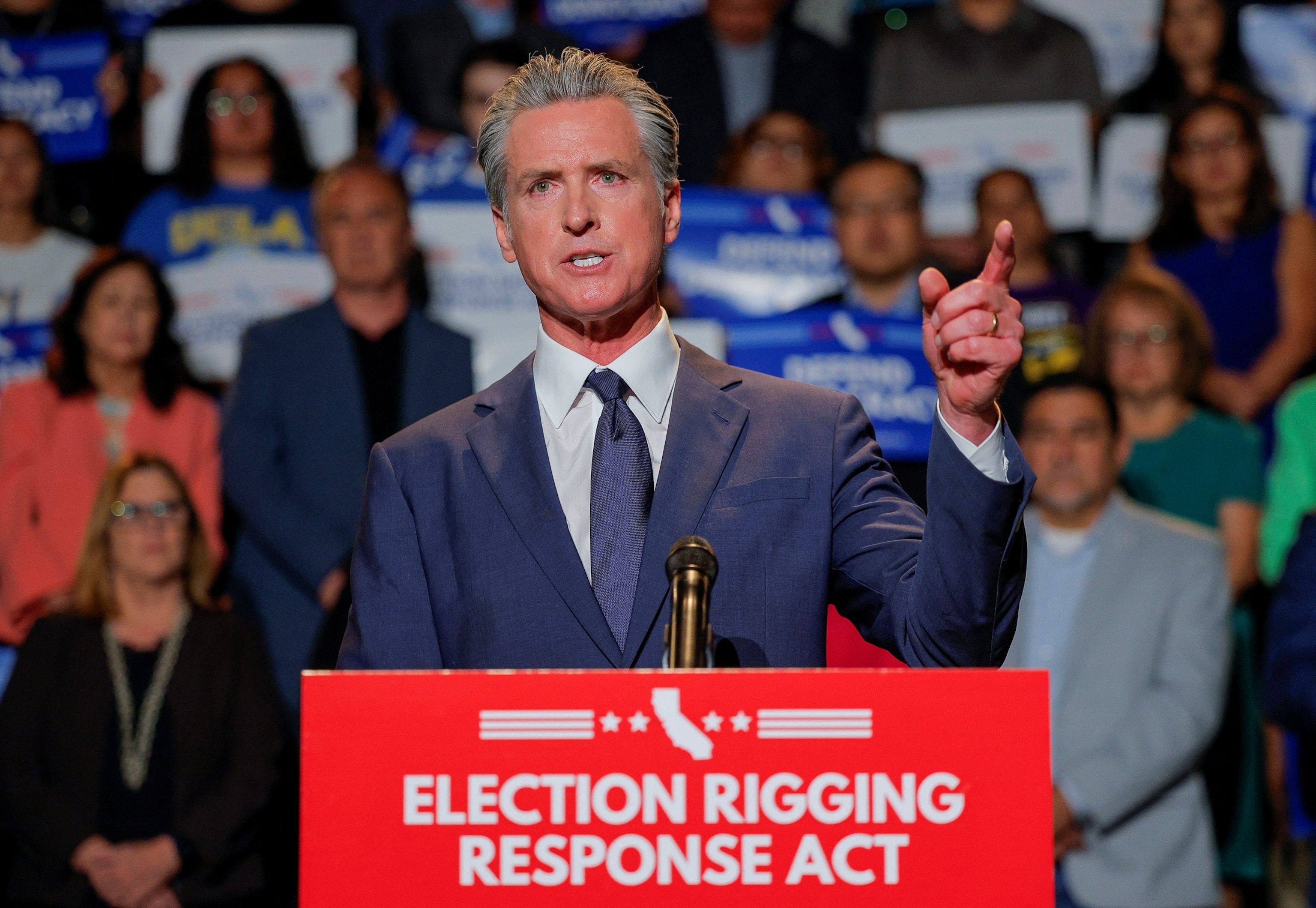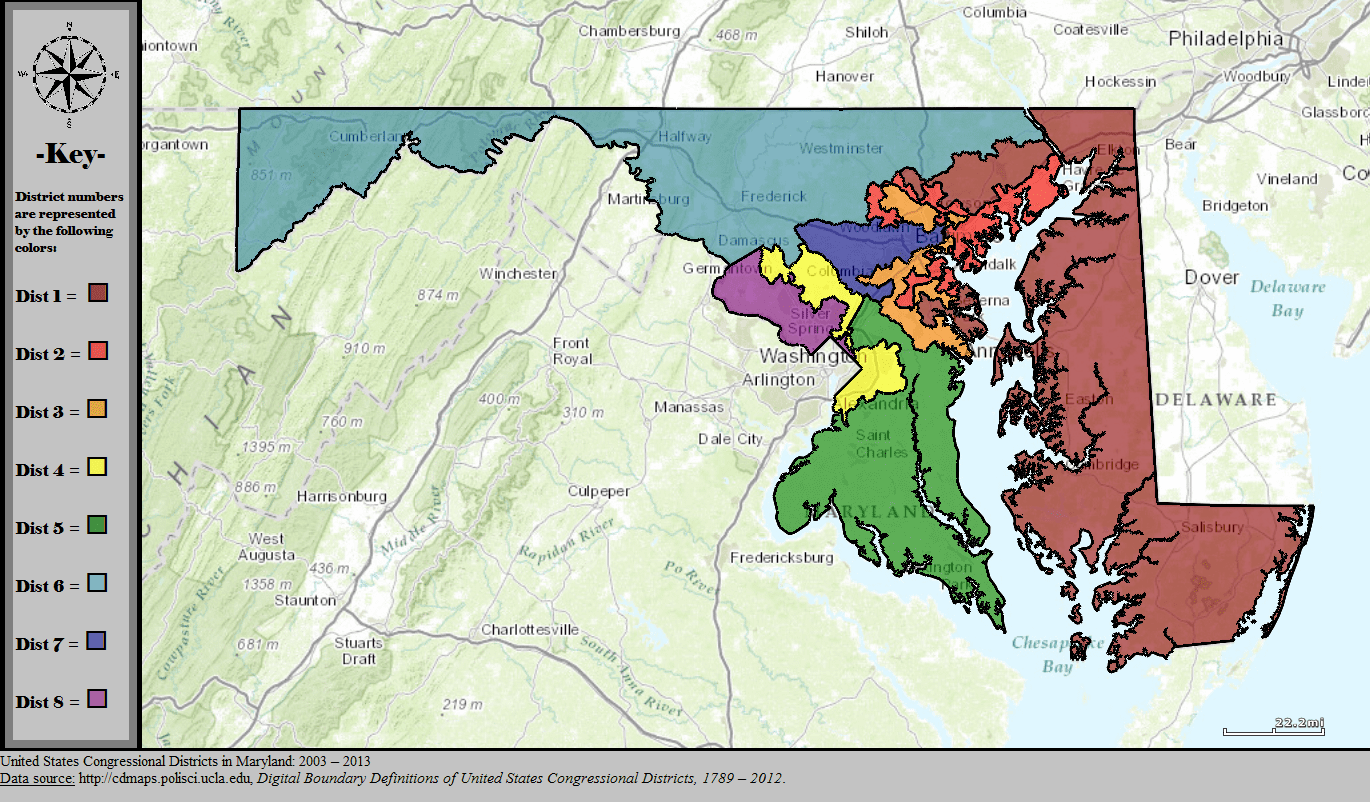
California Governor Launches Special Election to Counter Texas Redistricting Push
California's Redistricting Gambit: A New Front in America's Electoral Wars
SACRAMENTO, California — In a political maneuver that could reshape the balance of power in Congress, Governor Gavin Newsom has launched California into uncharted electoral territory, calling for a special election that would temporarily abandon the state's celebrated independent redistricting model to counter Republican gerrymandering efforts across the nation.

The "Election Rigging Response Act," set for a November 4, 2025 ballot, represents a seismic shift in how America's most populous state approaches electoral fairness. The measure would allow California to redraw its congressional districts through 2030, but only if other states—particularly Texas—proceed with partisan redistricting that could net Republicans up to five additional House seats.
This calculated escalation comes as federal immigration enforcement agents appeared outside Newsom's Los Angeles campaign launch, creating a charged atmosphere that both sides are interpreting through vastly different lenses. The intersection of immigration enforcement and electoral politics has added an explosive dimension to what was already shaping up as the most consequential redistricting battle in decades.
When Reform Meets Reality
California's independent redistricting commission, established through voter initiative in 2008, has served as a national model for nonpartisan mapmaking. The commission's citizen-led approach has earned bipartisan praise and has been exported to other states seeking to remove politics from the redistricting process.
Gerrymandering is the practice of manipulating voting district boundaries to give one political party or racial group an unfair advantage in elections. This is achieved through methods like "cracking," which splits a group's supporters across many districts to dilute their vote, and "packing," which concentrates them into a few districts to limit their overall influence.
Yet the Texas Legislature's push for mid-decade redistricting has forced California Democrats to confront an uncomfortable reality: maintaining electoral purity while opponents manipulate maps for partisan advantage may be a losing strategy.

Political analysts suggest the conditional nature of California's response represents a sophisticated form of electoral deterrence. By making map changes contingent on other states' actions, California positions itself as defending democratic principles rather than pursuing partisan advantage.
"The strategic calculation here is clear," noted one veteran Democratic strategist who requested anonymity. "You signal overwhelming retaliation to deter the initial aggression, while maintaining moral authority through conditional implementation."
The Mathematics of Power
The numerical stakes are stark. Texas Republicans' proposed redistricting could deliver five additional GOP seats, potentially providing the margin of control in a closely divided House. California's counter-response could neutralize those gains, maintaining the razor-thin balance that has defined recent congressional elections.
Party composition of the U.S. House of Representatives, showing the current balance of power.
| Party | Number of Members | Percentage |
|---|---|---|
| Republicans | 219 | 50.34% |
| Democrats | 212 | 48.74% |
| Vacant | 4 | 0.92% |
Current projections suggest that without intervention, Republican gerrymandering efforts could provide a structural advantage equivalent to winning an additional 1.5 percentage points in the national popular vote. California's conditional maps would essentially reset this advantage to zero, forcing both parties to compete on more neutral terrain.
The ripple effects extend beyond seat counts. Financial markets have begun factoring in the possibility of extended gridlock, with political advertising stocks experiencing unusual volatility as investors anticipate record-breaking campaign expenditures in an environment where every seat becomes critical.
Legal Labyrinth Ahead
Constitutional scholars anticipate immediate legal challenges regardless of the measure's outcome. The conditional trigger mechanism—activating new maps only if other states proceed with partisan redistricting—presents novel questions about state authority and interstate electoral competition.

California's approach also raises complex questions under the Voting Rights Act. Any new maps must maintain minority representation, and advocacy groups are preparing challenges if proposed districts appear to dilute the voting power of Latino, Asian American, or Black communities.
The timeline adds another layer of complexity. Federal election standards require finalized maps well before candidate filing deadlines, meaning legal challenges could force provisional districts or court-drawn alternatives if litigation extends into 2026.
Immigration Politics Collide
The appearance of Immigration and Customs Enforcement agents during Newsom's Los Angeles announcement has introduced an unpredictable variable into an already volatile situation. While federal officials characterized the presence as routine enforcement, Democratic leaders immediately framed it as voter intimidation designed to suppress Latino participation in the upcoming election.

California's 2024 PEACE Act provides robust protections against voter intimidation, including private rights of action and specific provisions addressing firearms near polling locations. The law's application to pre-election political events remains untested, but the imagery has already become a powerful mobilization tool for Democratic organizers.
Immigration enforcement at political events creates a chilling effect that extends far beyond the immediate participants. Latino voters, regardless of citizenship status, may view such enforcement as a signal that political participation carries risks, potentially affecting turnout patterns across multiple election cycles.
Market Implications and Investment Perspective
The redistricting standoff creates significant implications for sectors dependent on federal policy predictability. A House majority hanging on a handful of gerrymandered seats increases the likelihood of continued legislative gridlock, benefiting incumbents with regulatory moats while hampering industries requiring new federal authorizations.
A regulatory moat is a type of economic moat, a business advantage theory popularized by Warren Buffett. This advantage stems from government regulations, such as patents or exclusive licenses, that create significant barriers to entry and protect a company from competition.
Political advertising markets face a potential windfall. Local television broadcasters, particularly in newly competitive districts, could see unprecedented revenue streams as both parties pour resources into marginal seats. The Trade Desk and other programmatic advertising platforms may experience similar benefits as digital political spending accelerates.
Defense contractors and energy companies could find themselves in preferred positions under extended gridlock scenarios, as existing programs face less scrutiny while new regulations become harder to implement. Conversely, renewable energy initiatives requiring fresh federal support may face headwinds in a deadlocked Congress.
Financial analysts suggest monitoring polling data on California's measure as an early indicator of broader Democratic electoral strategy. Successful passage could encourage similar conditional redistricting efforts in New York, Illinois, and Maryland, fundamentally altering the national electoral landscape.
The Precedent Problem
California's conditional redistricting establishes a precedent that could proliferate rapidly across politically polarized states. Blue states may adopt similar trigger mechanisms, while red states could accelerate their own partisan redistricting efforts to preempt Democratic responses.
This dynamic creates what game theorists call a coordination problem: the optimal outcome for democracy may require mutual restraint, but the incentive structure rewards defection. California's approach attempts to solve this by making cooperation more attractive than conflict, but success depends on widespread adoption of similar conditional frameworks.
Game theory explains coordination problems, where individuals must align their actions to achieve a mutually beneficial result without explicit communication. Models like the Stag Hunt directly illustrate this challenge, while the Prisoner's Dilemma shows how a lack of trust can prevent optimal cooperation, a dynamic frequently seen in politics.
The broader implications extend to public confidence in electoral integrity. Voters may increasingly view district lines as arbitrary constructs subject to political manipulation rather than stable foundations for representative democracy.
Looking Forward: Scenarios and Probabilities
Multiple scenarios remain plausible as this electoral standoff unfolds. Texas may moderate its redistricting ambitions to avoid triggering California's response, though political pressure from Republican activists makes this unlikely. Alternatively, legal challenges could delay implementation on both sides, forcing the 2026 elections under current maps while litigation proceeds.
The most probable outcome involves partial implementation of both states' redistricting plans, with courts trimming the most egregious partisan elements while allowing modest advantages to remain. This scenario would maintain competitive tension while avoiding the most extreme outcomes either side seeks.
Market participants should monitor several key indicators: polling on California's ballot measure, the pace of Texas legislative action, and early legal challenges in federal court. The intersection of these factors will determine whether the 2026 elections occur under current maps or newly drawn districts that could reshape American politics for the remainder of the decade.

As November approaches, California voters will decide whether their state abandons its principled neutrality to engage in the hardball politics that increasingly define American elections. The answer may determine not just the balance of power in Congress, but the future of electoral reform nationwide.